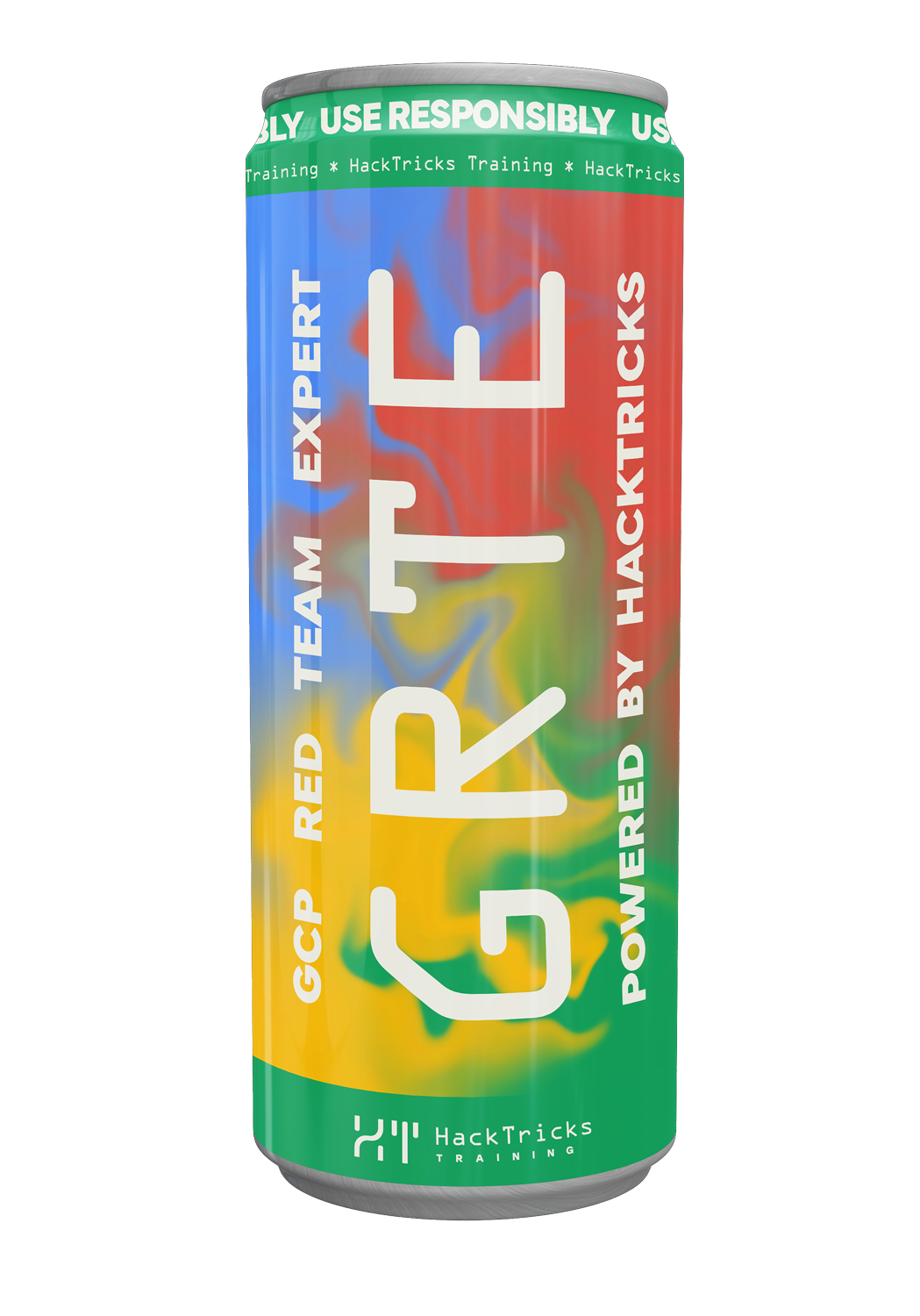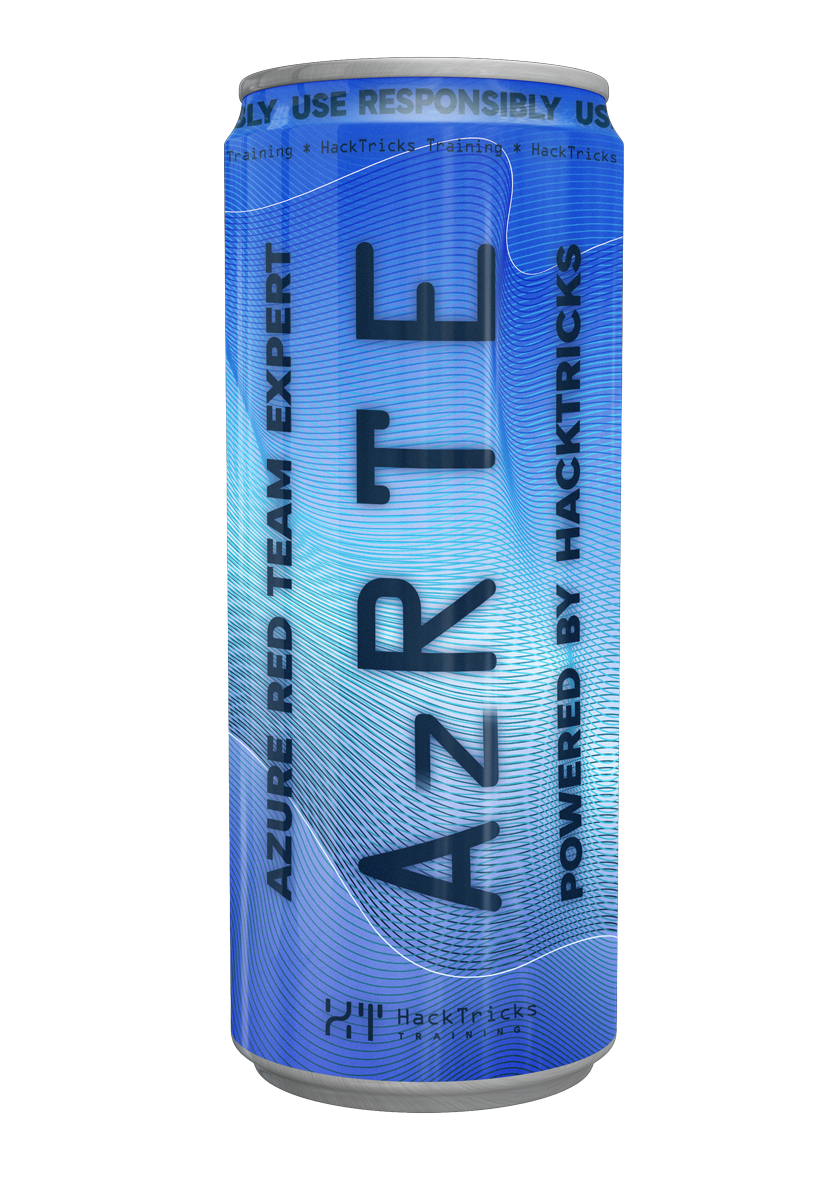AWS - EKS Post Exploitation
Reading time: 7 minutes
tip
Apprenez et pratiquez le hacking AWS : HackTricks Training AWS Red Team Expert (ARTE)
HackTricks Training AWS Red Team Expert (ARTE)
Apprenez et pratiquez le hacking GCP :  HackTricks Training GCP Red Team Expert (GRTE)
HackTricks Training GCP Red Team Expert (GRTE) Apprenez et pratiquez le hacking Azure :
Apprenez et pratiquez le hacking Azure :  HackTricks Training Azure Red Team Expert (AzRTE)
HackTricks Training Azure Red Team Expert (AzRTE)
Soutenir HackTricks
- Vérifiez les plans d'abonnement !
- Rejoignez le 💬 groupe Discord ou le groupe telegram ou suivez-nous sur Twitter 🐦 @hacktricks_live.
- Partagez des astuces de hacking en soumettant des PR au HackTricks et HackTricks Cloud dépôts github.
EKS
Pour plus d'informations, consultez
Énumérer le cluster depuis la console AWS
Si vous avez l'autorisation eks:AccessKubernetesApi, vous pouvez voir les objets Kubernetes via la console AWS EKS (En savoir plus).
Se connecter au cluster Kubernetes AWS
- Méthode simple:
# Generate kubeconfig
aws eks update-kubeconfig --name aws-eks-dev
- Pas si simple :
Si vous pouvez get a token avec aws eks get-token --name <cluster_name> mais que vous n'avez pas les permissions pour obtenir les infos du cluster (describeCluster), vous pouvez préparer votre propre ~/.kube/config. Cependant, même avec le token, il vous faut encore l'url endpoint pour vous connecter (si vous avez réussi à obtenir un JWT token depuis un pod, lisez ici) et le nom du cluster.
Dans mon cas, je n'ai pas trouvé l'info dans CloudWatch logs, mais je l'ai trouvée dans LaunchTemaplates userData et aussi dans les EC2 machines in userData. Vous pouvez voir cette info dans userData facilement, par exemple dans l'exemple suivant (le cluster name was cluster-name):
API_SERVER_URL=https://6253F6CA47F81264D8E16FAA7A103A0D.gr7.us-east-1.eks.amazonaws.com
/etc/eks/bootstrap.sh cluster-name --kubelet-extra-args '--node-labels=eks.amazonaws.com/sourceLaunchTemplateVersion=1,alpha.eksctl.io/cluster-name=cluster-name,alpha.eksctl.io/nodegroup-name=prd-ondemand-us-west-2b,role=worker,eks.amazonaws.com/nodegroup-image=ami-002539dd2c532d0a5,eks.amazonaws.com/capacityType=ON_DEMAND,eks.amazonaws.com/nodegroup=prd-ondemand-us-west-2b,type=ondemand,eks.amazonaws.com/sourceLaunchTemplateId=lt-0f0f0ba62bef782e5 --max-pods=58' --b64-cluster-ca $B64_CLUSTER_CA --apiserver-endpoint $API_SERVER_URL --dns-cluster-ip $K8S_CLUSTER_DNS_IP --use-max-pods false
kube config
describe-cache-parametersapiVersion: v1
clusters:
- cluster:
certificate-authority-data: LS0tLS1CRUdJTiBDRVJUSUZJQ0FURS0tLS0tCk1JSUMvakNDQWVhZ0F3SUJBZ0lCQURBTkJna3Foa2lHOXcwQkFRc0ZBREFWTVJNd0VRWURWUVFERXdwcmRXSmwKY201bGRHVnpNQjRYRFRJeU1USXlPREUyTWpjek1Wb1hEVE15TVRJeU5URTJNamN6TVZvd0ZURVRNQkVHQTFVRQpBeE1LYTNWaVpYSnVaWFJsY3pDQ0FTSXdEUVlKS29aSWh2Y05BUUVCQlFBRGdnRVBBRENDQVFvQ2dnRUJBTDlXCk9OS0ZqeXZoRUxDZGhMNnFwWkMwa1d0UURSRVF1UzVpRDcwK2pjbjFKWXZ4a3FsV1ZpbmtwOUt5N2x2ME5mUW8KYkNqREFLQWZmMEtlNlFUWVVvOC9jQXJ4K0RzWVlKV3dzcEZGbWlsY1lFWFZHMG5RV1VoMVQ3VWhOanc0MllMRQpkcVpzTGg4OTlzTXRLT1JtVE5sN1V6a05pTlUzSytueTZSRysvVzZmbFNYYnRiT2kwcXJSeFVpcDhMdWl4WGRVCnk4QTg3VjRjbllsMXo2MUt3NllIV3hhSm11eWI5enRtbCtBRHQ5RVhOUXhDMExrdWcxSDBqdTl1MDlkU09YYlkKMHJxY2lINjYvSTh0MjlPZ3JwNkY0dit5eUNJUjZFQURRaktHTFVEWUlVSkZ4WXA0Y1pGcVA1aVJteGJ5Nkh3UwpDSE52TWNJZFZRRUNQMlg5R2c4Q0F3RUFBYU5aTUZjd0RnWURWUjBQQVFIL0JBUURBZ0trTUE4R0ExVWRFd0VCCi93UUZNQU1CQWY4d0hRWURWUjBPQkJZRUZQVXFsekhWZmlDd0xqalhPRmJJUUc3L0VxZ1hNQlVHQTFVZEVRUU8KTUF5Q0NtdDFZbVZ5Ym1WMFpYTXdEUVlKS29aSWh2Y05BUUVMQlFBRGdnRUJBS1o4c0l4aXpsemx0aXRPcGcySgpYV0VUSThoeWxYNWx6cW1mV0dpZkdFVVduUDU3UEVtWW55eWJHbnZ5RlVDbnczTldMRTNrbEVMQVE4d0tLSG8rCnBZdXAzQlNYamdiWFovdWVJc2RhWlNucmVqNU1USlJ3SVFod250ZUtpU0J4MWFRVU01ZGdZc2c4SlpJY3I2WC8KRG5POGlHOGxmMXVxend1dUdHSHM2R1lNR0Mvd1V0czVvcm1GS291SmtSUWhBZElMVkNuaStYNCtmcHUzT21UNwprS3VmR0tyRVlKT09VL1c2YTB3OTRycU9iSS9Mem1GSWxJQnVNcXZWVDBwOGtlcTc1eklpdGNzaUJmYVVidng3Ci9sMGhvS1RqM0IrOGlwbktIWW4wNGZ1R2F2YVJRbEhWcldDVlZ4c3ZyYWpxOUdJNWJUUlJ6TnpTbzFlcTVZNisKRzVBPQotLS0tLUVORCBDRVJUSUZJQ0FURS0tLS0tCg==
server: https://6253F6CA47F81264D8E16FAA7A103A0D.gr7.us-west-2.eks.amazonaws.com
name: arn:aws:eks:us-east-1:<acc-id>:cluster/<cluster-name>
contexts:
- context:
cluster: arn:aws:eks:us-east-1:<acc-id>:cluster/<cluster-name>
user: arn:aws:eks:us-east-1:<acc-id>:cluster/<cluster-name>
name: arn:aws:eks:us-east-1:<acc-id>:cluster/<cluster-name>
current-context: arn:aws:eks:us-east-1:<acc-id>:cluster/<cluster-name>
kind: Config
preferences: {}
users:
- name: arn:aws:eks:us-east-1:<acc-id>:cluster/<cluster-name>
user:
exec:
apiVersion: client.authentication.k8s.io/v1beta1
args:
- --region
- us-west-2
- --profile
- <profile>
- eks
- get-token
- --cluster-name
- <cluster-name>
command: aws
env: null
interactiveMode: IfAvailable
provideClusterInfo: false
De AWS à Kubernetes
Le créateur du EKS cluster pourra TOUJOURS accéder à la partie cluster kubernetes faisant partie du groupe system:masters (k8s admin). Au moment de la rédaction, il n'existe aucun moyen direct pour savoir qui a créé le cluster (vous pouvez vérifier CloudTrail). Et il n'y a aucune façon de supprimer ce privilège.
La méthode pour accorder l'accès à K8s à davantage d'utilisateurs ou rôles AWS IAM est d'utiliser le configmap aws-auth.
warning
Par conséquent, toute personne ayant un accès en écriture au configmap aws-auth pourra compromettre l'ensemble du cluster.
Pour plus d'informations sur la manière de donner des privilèges supplémentaires aux rôles et utilisateurs IAM dans le même ou un autre compte et sur la façon de abuser de cela, voir privesc check this page.
Check also this awesome post to learn how the authentication IAM -> Kubernetes work.
De Kubernetes à AWS
Il est possible d'autoriser une authentification OpenID pour kubernetes service account afin de leur permettre d'assumer des rôles dans AWS. Learn how this work in this page.
GET Api Server Endpoint from a JWT Token
En décodant le token JWT, on obtient l'ID du cluster et aussi la région. Sachant que le format standard pour l'URL EKS est
https://<cluster-id>.<two-random-chars><number>.<region>.eks.amazonaws.com
Je n'ai trouvé aucune documentation expliquant les critères pour les 'two chars' et le 'number'. Mais après quelques tests de mon côté, je remarque que ces valeurs reviennent souvent :
- gr7
- yl4
De toute façon, ce ne sont que 3 caractères ; on peut les bruteforce. Utilisez le script ci-dessous pour générer la liste
from itertools import product
from string import ascii_lowercase
letter_combinations = product('abcdefghijklmnopqrstuvwxyz', repeat = 2)
number_combinations = product('0123456789', repeat = 1)
result = [
f'{''.join(comb[0])}{comb[1][0]}'
for comb in product(letter_combinations, number_combinations)
]
with open('out.txt', 'w') as f:
f.write('\n'.join(result))
Ensuite avec wfuzz
wfuzz -Z -z file,out.txt --hw 0 https://<cluster-id>.FUZZ.<region>.eks.amazonaws.com
warning
N'oubliez pas de remplacer & .
Bypass CloudTrail
If an attacker obtains credentials of an AWS with permission over an EKS. If the attacker configures it's own kubeconfig (without calling update-kubeconfig) as explained previously, the get-token doesn't generate logs in Cloudtrail because it doesn't interact with the AWS API (it just creates the token locally).
So when the attacker talks with the EKS cluster, cloudtrail won't log anything related to the user being stolen and accessing it.
Note that the EKS cluster might have logs enabled that will log this access (although, by default, they are disabled).
EKS Ransom?
By default the user or role that created a cluster is ALWAYS going to have admin privileges over the cluster. And that the only "secure" access AWS will have over the Kubernetes cluster.
So, if an attacker compromises a cluster using fargate and removes all the other admins and deletes the AWS user/role that created the Cluster, l'attaquant pourrait avoir rançonné le cluster.
tip
Notez que si le cluster utilisait des EC2 VMs, il pourrait être possible d'obtenir des privilèges Admin depuis le Node et récupérer le cluster.
En fait, si le cluster utilise Fargate, vous pourriez créer des nœuds EC2 ou migrer tout vers EC2 dans le cluster et le récupérer en accédant aux tokens sur le nœud.
tip
Apprenez et pratiquez le hacking AWS : HackTricks Training AWS Red Team Expert (ARTE)
HackTricks Training AWS Red Team Expert (ARTE)
Apprenez et pratiquez le hacking GCP :  HackTricks Training GCP Red Team Expert (GRTE)
HackTricks Training GCP Red Team Expert (GRTE) Apprenez et pratiquez le hacking Azure :
Apprenez et pratiquez le hacking Azure :  HackTricks Training Azure Red Team Expert (AzRTE)
HackTricks Training Azure Red Team Expert (AzRTE)
Soutenir HackTricks
- Vérifiez les plans d'abonnement !
- Rejoignez le 💬 groupe Discord ou le groupe telegram ou suivez-nous sur Twitter 🐦 @hacktricks_live.
- Partagez des astuces de hacking en soumettant des PR au HackTricks et HackTricks Cloud dépôts github.
 HackTricks Cloud
HackTricks Cloud